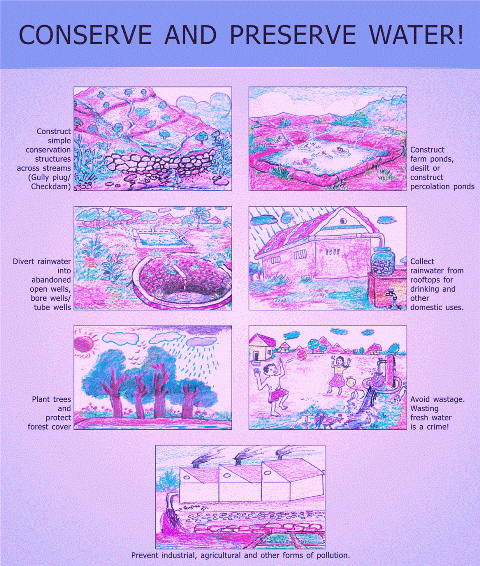Self-actualization is the summit of Maslow's motivation theory. It is about the quest of reaching one's full potential as a person. Unlike lower level needs, this need is never fully satisfied; as one grows psychologically there are always new opportunities to continue to grow.
Self-actualized people tend to have motivators such as:
* Truth
* Justice
* Wisdom
* Meaning
Self-actualized persons have frequent occurrences of peak experiences, which are energized moments of profound happiness and harmony. According to Maslow, only a small percentage of the population reaches the level of self-actualization.
Esteem Needs
After a person feels that they "belong", the urge to attain a degree of importance emerges. Esteem needs can be categorized as external motivators and internal motivators.
Internally motivating esteem needs are those such as self-esteem, accomplishment, and self respect. External esteem needs are those such as reputation and recognition.
Some examples of esteem needs are:
* Recognition (external motivator)
* Attention (external motivator)
* Social Status (external motivator)
* Accomplishment (internal motivator)
* Self-respect (internal motivator)
Maslow later improved his model to add a layer in between self-actualization and esteem needs: the need for aesthetics and knowledge.
Social Needs
Once a person has met the lower level physiological and safety needs, higher level motivators awaken. The first level of higher level needs are social needs. Social needs are those related to interaction with others and may include:
* Friendship
* Belonging to a group
* Giving and receiving love
Safety Needs
Once physiological needs are met, one's attention turns to safety and security in order to be free from the threat of physical and emotional harm. Such needs might be fulfilled by:
* Living in a safe area
* Medical insurance
* Job security
* Financial reserves
According to the Maslow hierarchy, if a person feels threatened, needs further up the pyramid will not receive attention until that need has been resolved.
Physiological Needs
Physiological needs are those required to sustain life, such as:
* Air
* Water
* Food
* Sleep
According to this theory, if these fundamental needs are not satisfied then one will surely be motivated to satisfy them. Higher needs such as social needs and esteem are not recognized until one satisfies the needs basic to existence.
Applying Maslow's Needs Hierarchy - Business Management Implications
If Maslow's theory is true, there are some very important leadership implications to enhance workplace motivation. There are staff motivation opportunities by motivating each employee through their style of management, compensation plans, role definition, and company activities.
* Physiological Motivation: Provide ample breaks for lunch and recuperation and pay salaries that allow workers to buy life's essentials.
* Safety Needs: Provide a working environment which is safe, relative job security, and freedom from threats.
* Social Needs: Generate a feeling of acceptance, belonging, and community by reinforcing team dynamics.
* Esteem Motivators: Recognize achievements, assign important projects, and provide status to make employees feel valued and appreciated.
* Self-Actualization: Offer challenging and meaningful work assignments which enable innovation, creativity, and progress according to long-term goals.
Remember, everyone is not motivated by same needs. At various points in their lives and careers, various employees will be motivated by completely different needs. It is imperative that you recognize each employee's needs currently being pursued. In order to motivate their employees, leadership must be understand the current level of needs at which the employee finds themselves, and leverage needs for workplace motivation.
Maslow's Theory - Limitations and Criticism
Though Maslow's hierarchy makes sense intuitively, little evidence supports its strict hierarchy. Actually, recent research challenges the order that the needs are imposed by Maslow's pyramid. As an example, in some cultures, social needs are placed more fundamentally than any others. Further, Maslow's hierarchy fails to explain the "starving artist" scenario, in which the aesthetic neglects their physical needs to pursuit of aesthetic or spiritual goals. Additionally, little evidence suggests that people satisfy exclusively one motivating need at a time, other than situations where needs conflict.






No comments:
Post a Comment